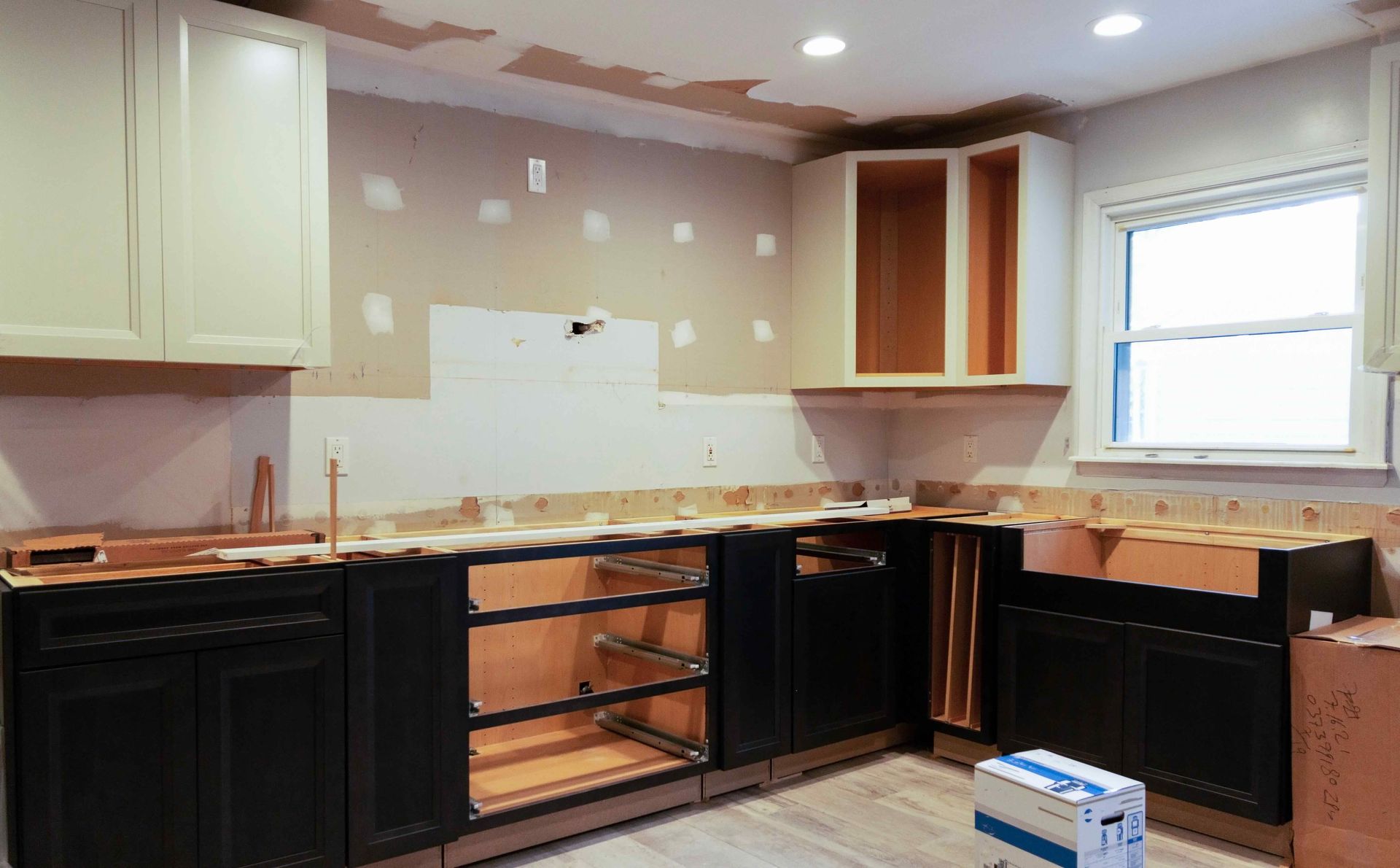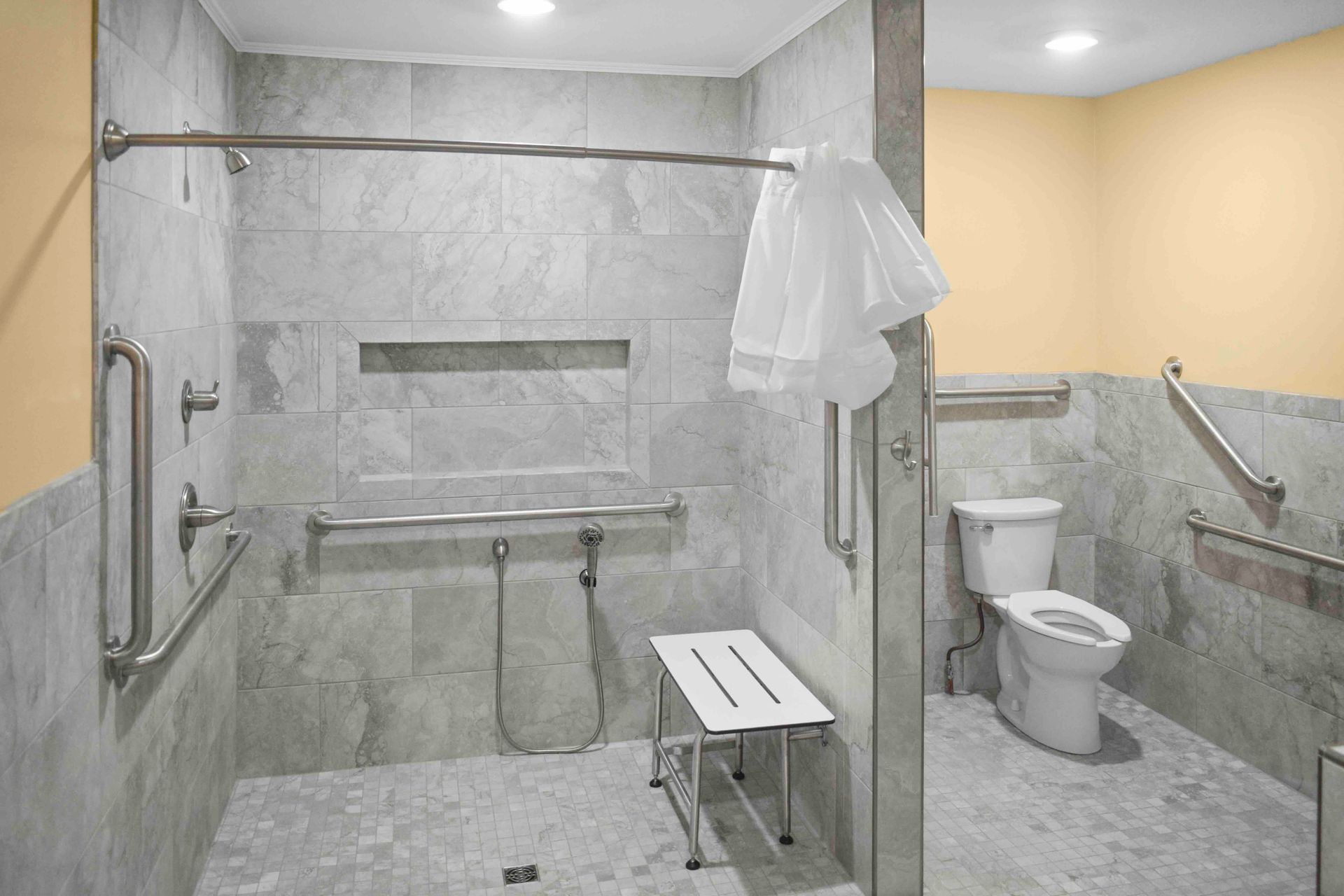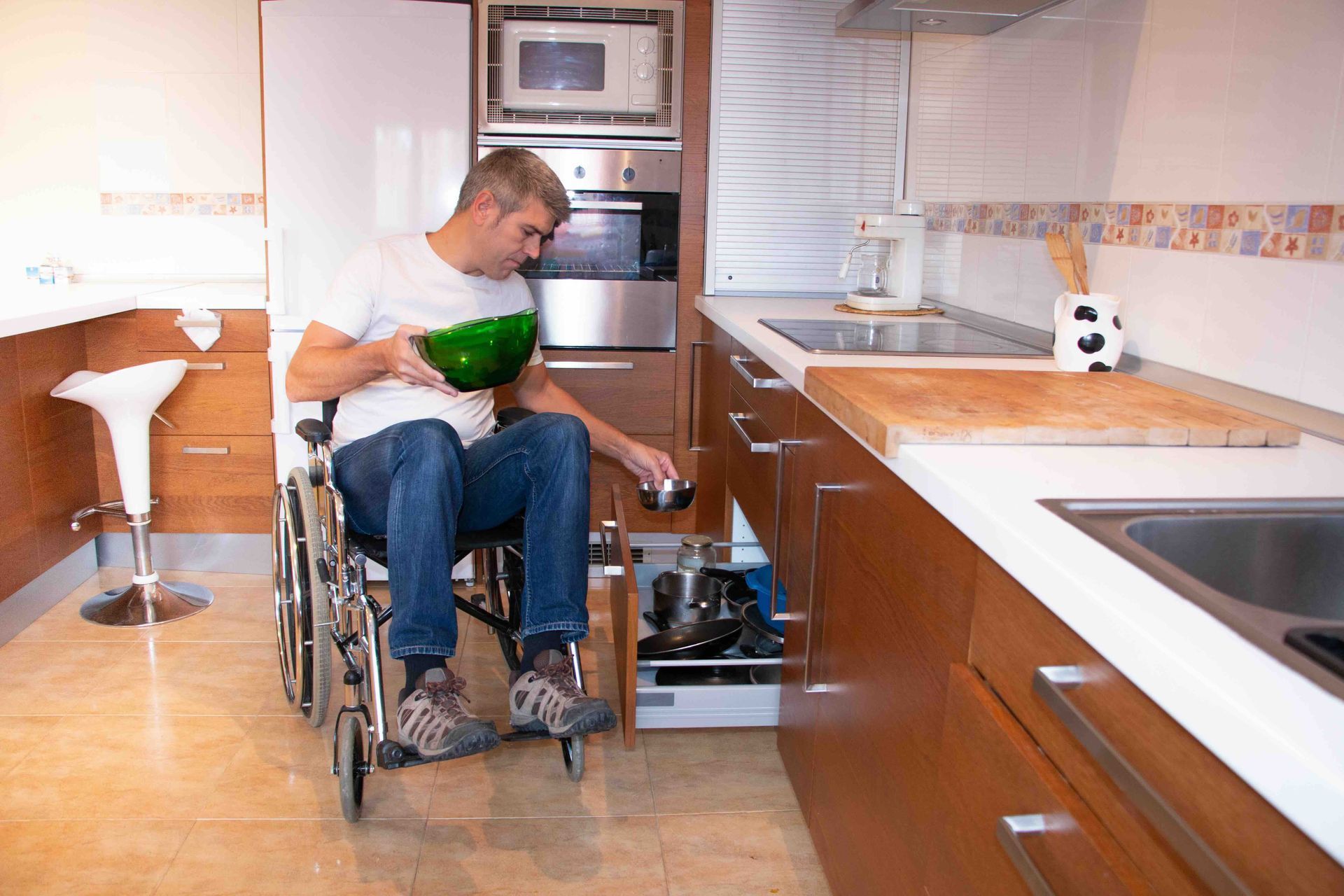Group Home Inspections: Top 7 Areas You Can’t Overlook
If you run or manage a group home in Grand Rapids (or anywhere in Michigan), you know your property is far more than four walls and a roof. This is a place where people rely on you for comfort, accessibility, and safety every day.
That’s why
group home inspections are a vital step in keeping your business running smoothly. Even more importantly, these inspections help keep people
safe. The
National Safety Council reports that 26% of deaths in homes and communities are related to falls, many of which are preventable if we’re aware of the risks and potential safeguards.
Preparing for these can help you avoid additional costs and make sure your facility meets all the necessary regulations. A qualified home inspector will look at every detail of your space and guide you on safety standards.
However, there are a few areas that deserve extra attention from your staff. Whether you’re preparing for a sale, an inspection, or simply want to protect your investment, let’s discuss seven areas that warrant extra attention.
Are you looking for an expert resource in accessible spaces, special modifications for persons with mobility challenges, and more? Contact Lakeshore Barrier Free today.
1. Entryways and Exits
Clear, accessible entrances are the first thing any worthwhile inspector will check during a group home inspection. Ramps, thresholds, and door hardware should be in good working order, free of damage or obstructions.
If your building serves residents who use wheelchairs or walkers, an inspection helps confirm that entry points meet current accessibility standards and allow for smooth passage in emergencies. Many group homes use
modular wheelchair ramps to create safer access quickly, and these ramps can be rented or installed permanently, depending on your needs and budget.
Small repairs here can prevent much larger potential issues later on, especially when it comes to meeting safety requirements and avoiding unexpected delays during future inspections.
2. Bathrooms and Accessible Features
Bathrooms are a big focus in any inspection services because they are used so much daily. In fact, Stanford Medicine has dubbed the bathroom the most common place for falls, especially for seniors.
Accessibility
home modifications (such as grab bars, slip-resistant flooring, and properly mounted fixtures) matter, both for resident safety and regulatory compliance. An inspector will also look at water temperatures to prevent scalding risks, check ventilation systems to reduce moisture buildup, and confirm that accessible showers or tubs are installed correctly.
If you operate manufactured homes, these details can differ from site-built properties, so make sure your inspection team has experience with your specific building type.
3. Fire Safety Systems
Smoke detectors, carbon monoxide alarms, and sprinkler systems are non-negotiable parts of a group home inspection.
Inspectors will test each device, check expiration dates, and confirm your property has the proper number of alarms installed in the right locations. They’ll also look at fire extinguishers, emergency exit signs, and evacuation plans to see if they’re up to date.
This area of an inspection directly ties to residents’ well-being and your peace of mind, and it’s one of the fastest ways to catch issues before they put people or property at risk.
4. Electrical and Lighting
From outlets to emergency lighting, electrical issues can pose real hazards if left unchecked. According to the U.S. Fire Administration, over 23,000 fires were started by residential building electrical malfunction fires in 2023 alone.
A group home inspection should include a full review of wiring conditions, breaker panels, and lighting fixtures in common areas, bathrooms, and bedrooms.
Inspectors will also check GFCI outlets in wet areas and test any backup power systems you rely on. If any concerns arise, addressing them quickly helps you maintain safe daily operations and avoid bigger maintenance headaches that could interrupt services for residents.
5. Kitchen Safety
Group home kitchens see constant use, and inspectors pay close attention here because it’s where many safety issues can start. Fire suppression systems, ventilation hoods, and appliance conditions should all be documented in your inspection report.
Inspectors also check for proper storage of cleaning products and verify that food prep areas are clean and accessible for staff and residents. This part of the inspection process helps confirm that your cooking areas support healthy meals while meeting regulations that protect everyone in the home.
6. Accessible Routes and Clearances
Creating safe routes within a group home is just as important as having the right entries and exits in place. Inspectors will look closely at hallways, doorways, and common areas to confirm there is enough clearance for wheelchairs, walkers, and other mobility aids.
They’ll check flooring transitions between rooms to see if there are raised edges or uneven surfaces that could cause trips or block smooth movement. In kitchens and bathrooms, inspectors review whether residents can reach sinks, counters, and controls without barriers.
Keeping these pathways clear and properly sized helps everyone move freely and supports daily activities with greater ease.
7. Ramps, Railings, and Outdoor Areas
Don’t overlook the exterior. Sloped pathways, handrails, and parking areas deserve the same attention as indoor spaces.
An inspector will review these areas to confirm that residents and visitors can access your property safely. If necessary, they may also provide
guidance on accessibility designs to improve safety.
Why a Detailed Group Home Inspection Matters
Every group home inspection is an opportunity to spot issues before they disrupt your business or jeopardize people’s safety. It’s also a way to reassure residents, real estate agents, and buyers that your property meets high standards.
While you might think of an inspection as just another additional cost, it’s better seen as an investment in the long-term safety, accessibility, and value of your group home building.
If you’re preparing to sell, connect with real estate professionals early to understand what buyers expect. The right inspection services, staff training, and tools can help you feel more informed and ensure compliance from the start.
Contact Our Grand Rapids Home Inspectors Today
Choosing an experienced home inspector, especially one familiar with common accessibility issues in Michigan group homes, makes everything smoother.
At
Lakeshore Barrier Free, our team has built a reputation for thorough inspections and practical accessibility solutions throughout the Grand Rapids area. We understand the specific requirements of group homes and similar properties, and we’re prepared to meet them.
From detailed inspection services to custom modifications like ramps, bathroom adaptations, and safety upgrades, we help property owners create spaces that are both compliant and welcoming.
Whether you’re managing a large group home or a smaller residence, taking the time to inspect carefully today protects your investment and supports your community’s well-being tomorrow.
Ready to take that next step?
Schedule your free consultation with our inspectors now.
TALK TO THE EXPERTS OF LAKESHORE BARRIER FREE TODAY!
We believe that everyone should have access to every area of their home! We work directly with you to make sure that every grab bar, bathroom sink, kitchen countertop, patient lift, and more is at the perfect location for you and your loved ones. Call us at
(616) 477-2685 or email us at
Info@LakeshoreBarrierFree.com
Share this blog







